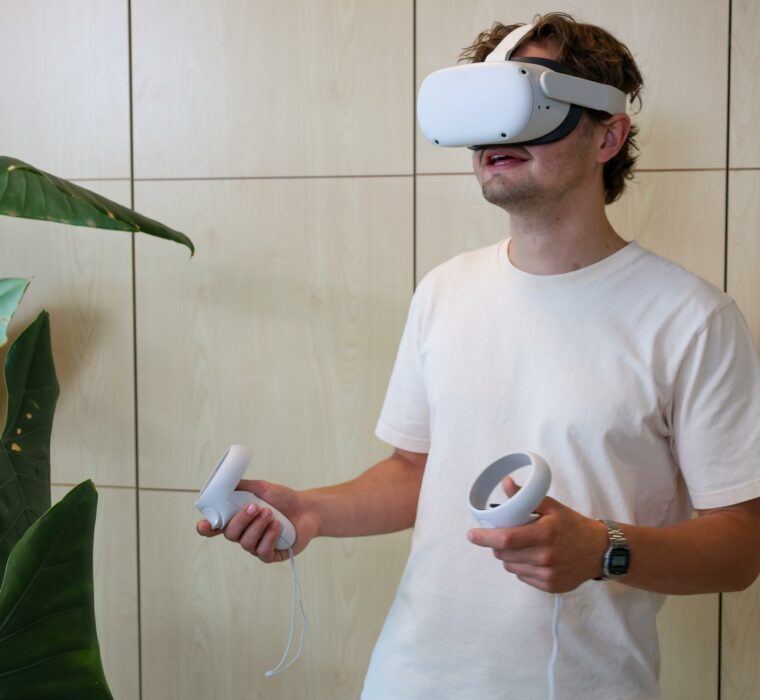
Hi Maaike,
That’s an interesting question!
As L&D practitioners, we almost always work with language.
And so, language models like ChatGPT and Claude offer many opportunities for our work.
But: we are not yet taking full advantage of the opportunities.
Why is that?
When I talk to others about this, I often hear that they find the output boring, wrong or unusable.
While it is good to be critical of the output of language models, as a prompt writer you are also directly responsible for the quality of this output.
So for those people, I have a message: try harder.
Indeed, despite the limitations of language models, there are already so many possibilities that not only let us work more efficiently, but also make our learning solutions better and more interesting. ChatGPT, for example, can retrieve, process and summarize information from documents extremely well. If you work with a lot of source documents, this is a breath of fresh air. Anyone can have ChatGPT summarize a piece of text. A prompt like “summarize this text to about 150 words” is fairly easily written. But a prompt for a good multiplechoice quiz based on a piece of text is already trickier, whereas language models are tremendously well suited for that. If you want a language model to write a useful outline for a believable scenario, that’s even more complicated, especially within a very specific context. But as long as you use the right prompt, even this is still doable. What you can even do, through clever prompting, is turn a piece of text into a concept for a learning game. But to write good prompts, you’ll have to learn about how this works. And above all, practice a lot.

Using language model as a personal assistant
What I find to be the most valuable application of language models, and at the same time the least used, is the personal assistant. You can create this quite easily with Custom GPTs . This means that you can give ChatGPT instructions to, for example, perform specific tasks or impersonate something or someone. You create a personal assistant by first uploading relevant information. In the case of an L&D person, this is likely to be educational books. Then you say how you want this Custom GPT to behave, such as an assistant helping you with educational issues and invoking the books you uploaded. In minutes, you have a sparring partner to help you with questions, justifications and learning concepts. This sparring partner has the latest scientific insights because they are in the books you have uploaded. The great thing is that you have added new books with a few clicks, so you can always keep the assistant up to date.

Getting started yourself
So language models can be an enormous enrichment for L&D practitioners . It is a shame not to make use of them. But for this you have to do it yourself. Learn to prompt well and make Custom GPTs. Exchange tips and see how others use language models in their tasks. Marco, making the most of ChatGPT is extremely useful and interesting for ourselves as L&D practitioners, but ultimately delivering the learning properly is another important element of our work! Can you talk more about that? Greetings,
Teun

Teun Boekel is Digital Learning Specialist at inBrain.
The benjamin of the team in terms of age, but with the factual knowledge of someone with a lot of life experience.
Or has a chatbot been placed inside the head of this AI enthusiast?








